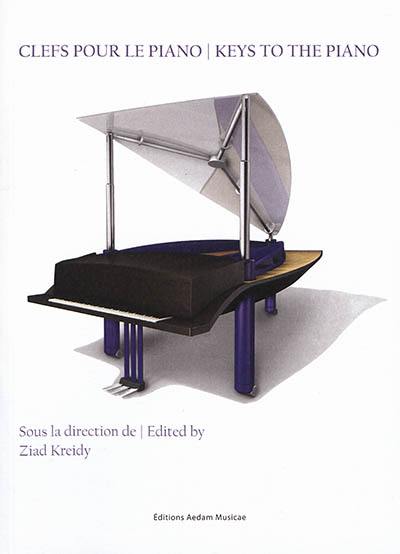
Fiche technique
Format : Broché
Nb de pages : 471 pages
Poids : 820 g
Dimensions : 18cm X 24cm
ISBN : 978-2-919046-66-9
EAN : 9782919046669
Quatrième de couverture
Le piano est-il un instrument d'art ou une machine performante ? A-t-il réellement progressé au cours de son histoire ? Les spécialistes réunis par Ziad Kreidy sont d'avis différents. Mais, quel que soit le leur, les XIXe et XXe siècles ont incarné à coup sûr une croyance différente au progrès.
Quelle est la place du piano dans la musicologie française ? Comment a-t-il été inventé ? Pourquoi Chopin modifiait-il ses partitions en passant d'un éditeur à l'autre ? Comment le jazz et la musique contemporaine ont-ils exploité le piano ?
Pourquoi Steinway s'est-il imposé au XXe siècle ? Faut-il encore nommer le vieux modèle de Steinway piano moderne ? Comment seront les pianos du futur ? plus puissants ? plus colorés ? plus diversifiés ? Seront-ils fabriqués en Europe, aux États-Unis, en Extrême-Orient, en Australie ? Qui ose innover aujourd'hui ? Et les compositeurs en quête de timbres nouveaux, seront-ils toujours attirés par cet instrument chantant et percussif ?
Un voyage à travers les aspects méconnus du piano, sans délimiter le champ de recherche ni gommer les divergences de pensée, voilà à quoi convie cet ouvrage collectif qui réunit, par des articles et des conversations, facteurs, universitaires, compositeurs et pianistes.
Is the piano an art instrument or an efficient machine ? Did it make really make progress during its history ? Experts gathered by Ziad Kreidy have diverse opinions. But whatever these are, nineteenth and twentieth centuries have certainly embodied different beliefs in progress.
What is the role of the piano in the French musicology ? How was it invented ? Why did Chopin alter his scores from one publisher to another ? How did jazz and contemporary music use the piano ?
Why did Steinway dominate the twentieth century ? Should we still call the old Steinway model a modern piano ? What will the pianos of the future be like, more powerful, more colorful, more diversified ? Will they be manufactured in Europe, the US, East Asia, Australia ? Who dares to innovate today ? Will composers looking for new timbres still remain attracted by this melodious and percussive instrument ? This edited volume is a journey through unexplored aspects of the piano, without specifying the search field or rejecting differences of thought. Contributors include piano builders, scholars, composers and pianists through articles and conversations.





